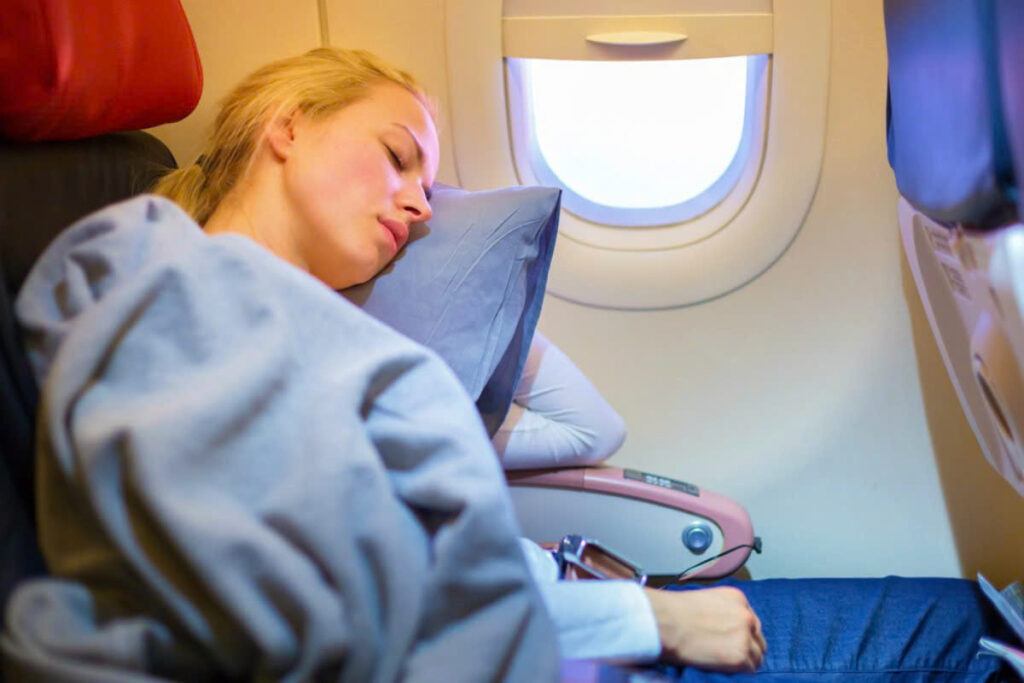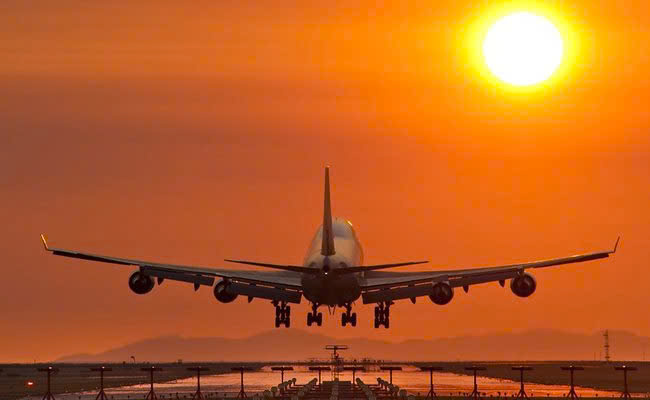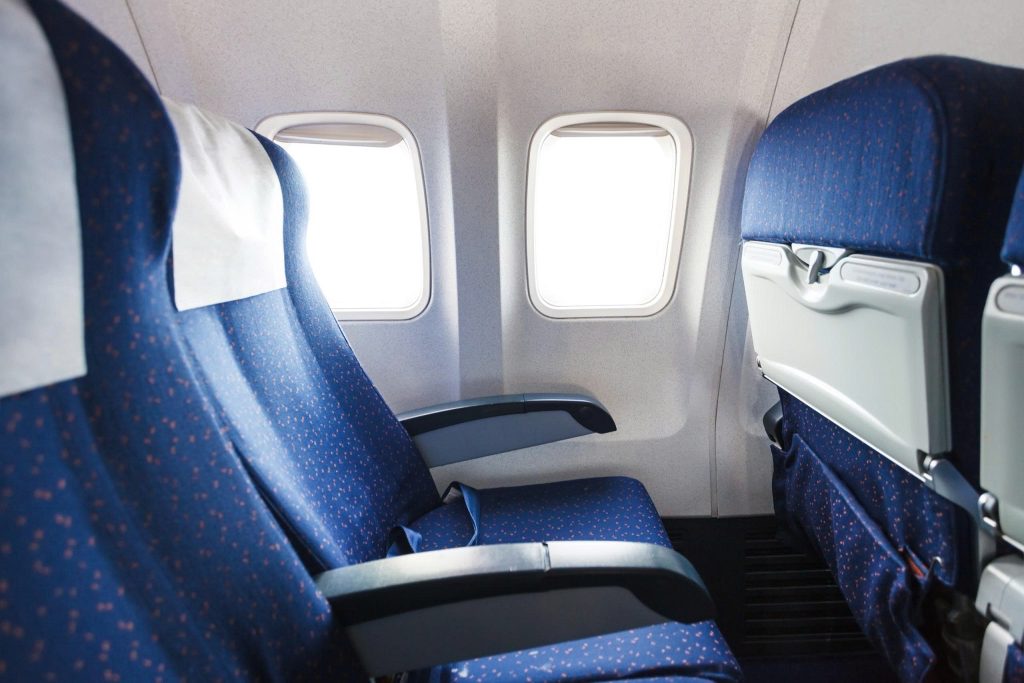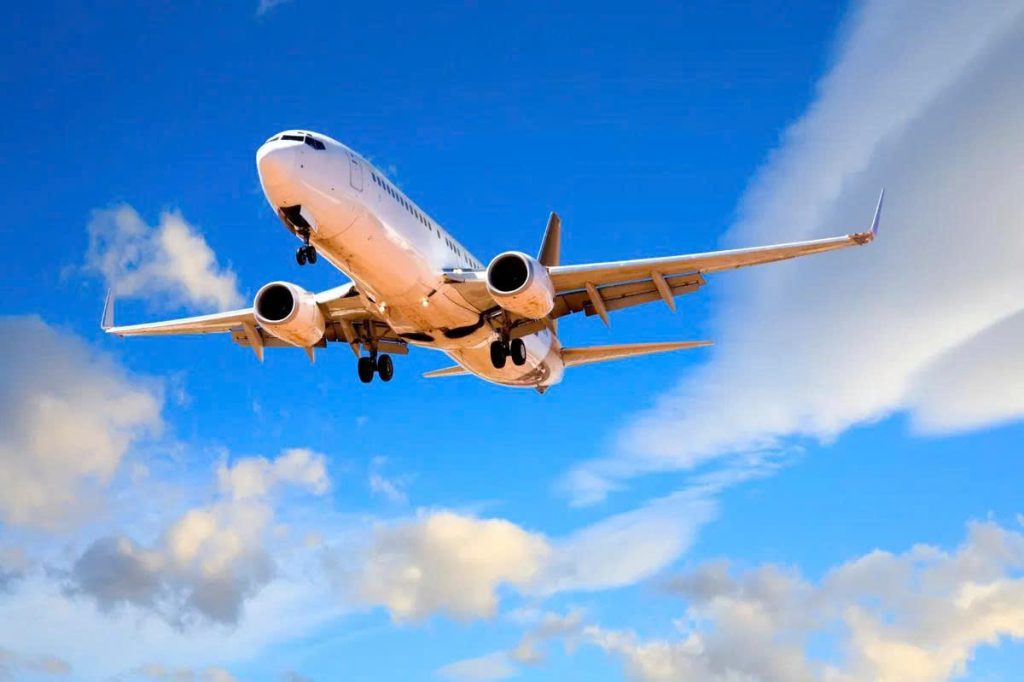Many passengers reach for blankets or extra layers, questioning the seemingly frigid cabin temperature. However, according to flight attendants and aviation experts, this cooler environment isn’t just an inconvenience – it’s a deliberate safety measure for passengers.
Passenger Safety First: The Chilling Truth
Jay Robert, a seasoned cabin crew member and the founder of the popular aviation website A Fly Guy’s Cabin Crew Lounge, explains that the cooler temperatures actually serve a beneficial purpose.
Having worked on large aircraft carrying over 600 passengers, Robert’s responsibilities included “regular temperature checks” to ensure it didn’t exceed 23 degrees Celsius (approximately 73 degrees Fahrenheit). His experience highlights a critical concern: many passengers are susceptible to fainting if the cabin temperature rises above 24 degrees Celsius (around 75 degrees Fahrenheit).

Beyond Comfort: Health and Safety Benefits of Cooler Cabin Air
Taylor Garland, a representative from the Association of Flight Attendants-CWA, emphasizes that aircraft cabins are divided into zones to facilitate effective temperature management. The cooler temperatures aren’t a negative aspect; instead, they contribute to passenger health and safety in several ways, including odor control.
Furthermore, the cooler air helps counteract the dehydrating effects of the dry cabin environment, which can lead to dizziness and discomfort during flights.
Odor Control: Keeping the Cabin Fresh on Long Hauls
A third significant advantage of the cooler cabin temperature, particularly on extended flights, is maintaining a more pleasant atmosphere. According to Robert, warmer cabins tend to develop unpleasant odors more readily. This is because higher temperatures activate odor-causing molecules, allowing unwelcome smells to spread and accumulate more quickly in a warm environment.
Temperature Regulation: From Runway to Cruising Altitude
While the aircraft is stationary on the runway, the external air conditioning system actively works to reduce the temperature within the cabin. In contrast, once the plane is airborne, its own internal cooling mechanisms take over to manage the climate.
The aircraft’s temperature is primarily controlled by the pilots, who are located in the cockpit. However, flight attendants can make minor adjustments using control panels within their assigned cabin zones. If a flight attendant needs to make a more significant temperature change, they must contact the flight deck for approval.
In essence, the seemingly cold temperatures on airplanes are a carefully managed aspect of flight operations, prioritizing passenger safety, health, and a more comfortable environment throughout the journey.
According to DM

















